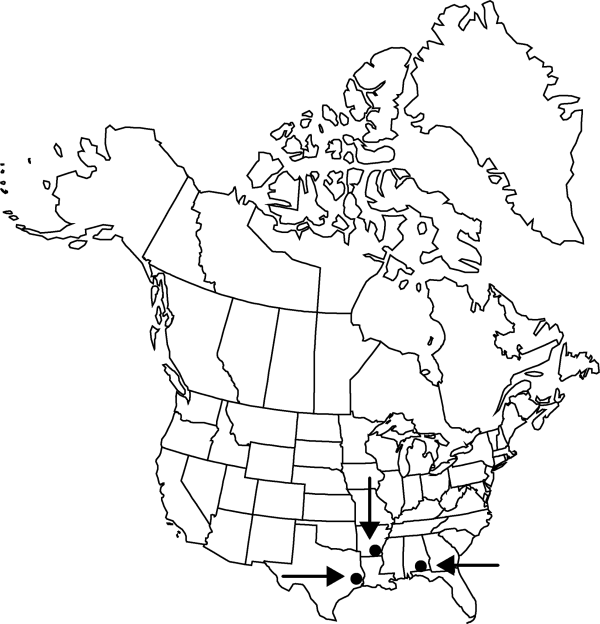Dysphania carinata
Ukrayins’k. Bot. Zhurn., n. s. 59: 382. 2002.
Stems erect to ascending, branched, 3–5.5 dm, pilose with glandular trichomes or sessile glands. Leaves aromatic; petiole 0.5–1.4 cm; blade ovate to broadly ovate, 0.9–1.6 × 0.8–1.4 cm, somewhat reduced in inflorescence, base cuneate to truncate, apex acute, glandular-puberulose and pilosulose on veins. Inflorescences axillary glomerules; glomerules subglobose, 1.5–2.5 mm diam.; bracts leaflike, ovate, 3–5 mm, margins crenate-dentate, apex acute. Flowers: perianth segments 5, distinct nearly to base, distinct portions narrow-oblong, prominently keeled especially apically, 0.8–0.9 × 0.3–0.4 mm, apex acute, not crested, covered with septate hairs, becoming coriaceous and white in fruit; stamens absent or 1; stigmas 2. Achenes ovoid; pericarp adherent, membranaceous, slightly rugose. Seeds reddish brown, ovoid, 0.6 × 0.3–0.4 mm, margins keeled over radicle and channeled over cotyledons; seed coat smooth.
Phenology: Fruiting fall.
Habitat: Waste areas on roadsides, sandy soils
Elevation: 10-100 m
Distribution

Introduced; Ala., Ark., Tex., native to Australia.
Discussion
Selected References
None.